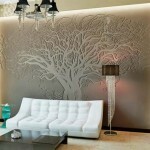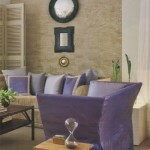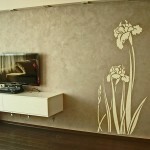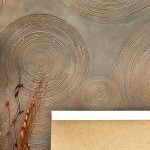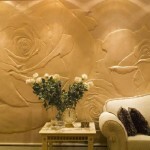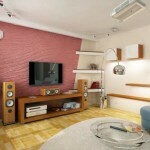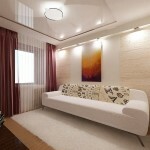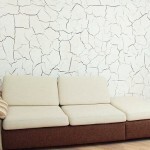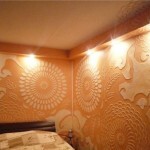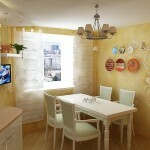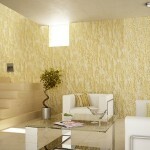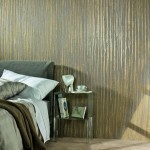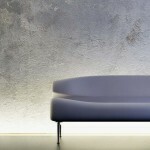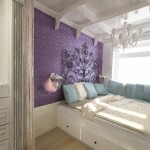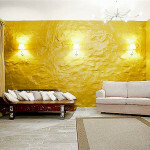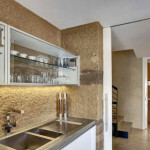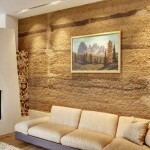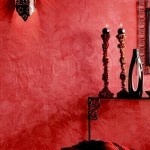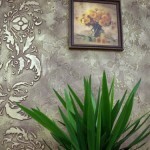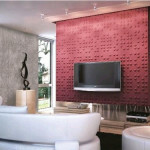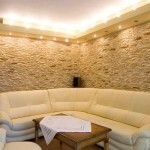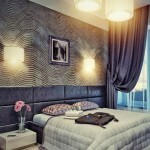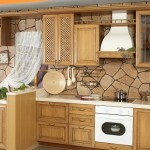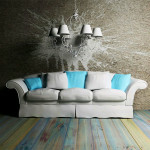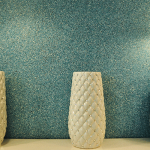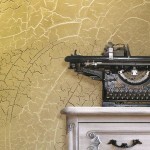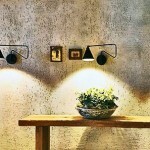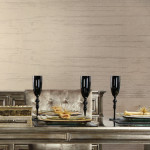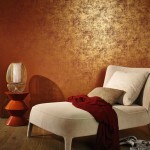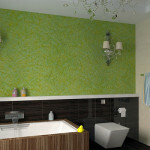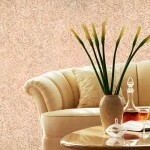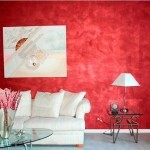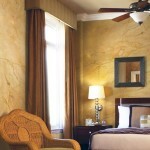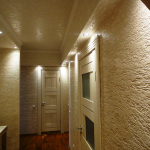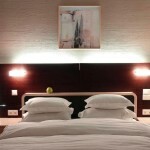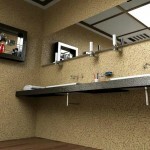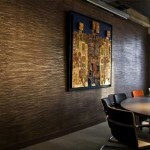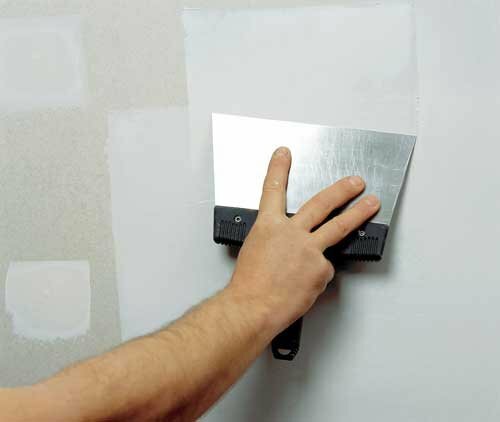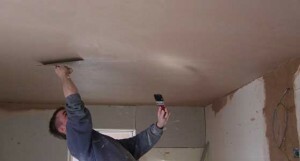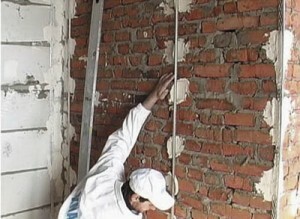Texture plaster (39 pictures) species of type binders, fillers, embodiments of formulations and application techniques
Table of contents
-
1 Decorative plaster for exterior finish
- 1.1 Varieties type binders
- 1.2 Differences in accordance with the used excipients
- 1.3 General pros and cons
- 1.4 Popular options for the texture
- 1.5 application techniques
- 2 Decorative plaster for interior decoration
- 3 Output
- 4 Photo Gallery
The texture of plaster on today can be very diverse. This applies both to the external finishing works, and internal. In this article we take a look at the most interesting and popular option.
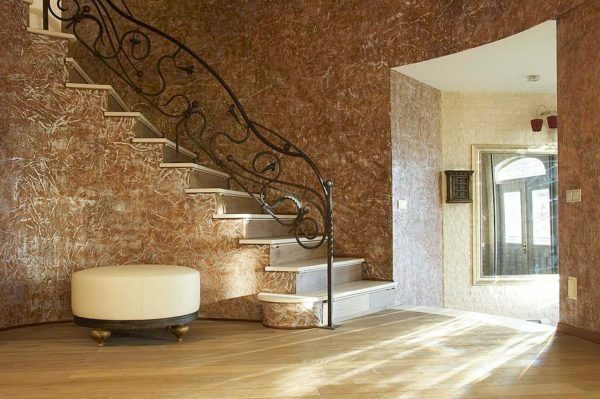
A stunningly beautiful interior plaster
Decorative plaster for exterior finish
The solution, which is suitable for facing facade of the building, should have higher performance characteristics than the one that is used to decorate its interior. In this case, a variety of possible solutions texture still remains very wide.
But first let's look at some basics can have plaster.
Varieties type binders
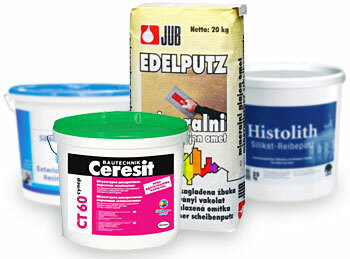
Examples of acrylic plaster
| Name plaster | pros | Minuses |
| mineral |
|
|
| acrylic |
|
|
| silicate |
|
|
| Silicon |
|
|
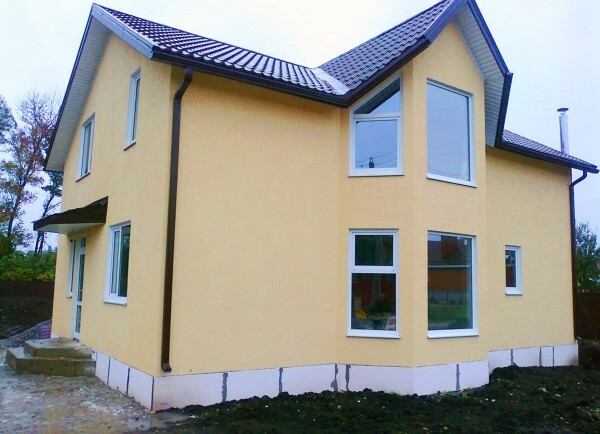
Silicone plaster perfectly cope not only with the decoration of the walls of your home, but also to their protection
Differences in accordance with the used excipients
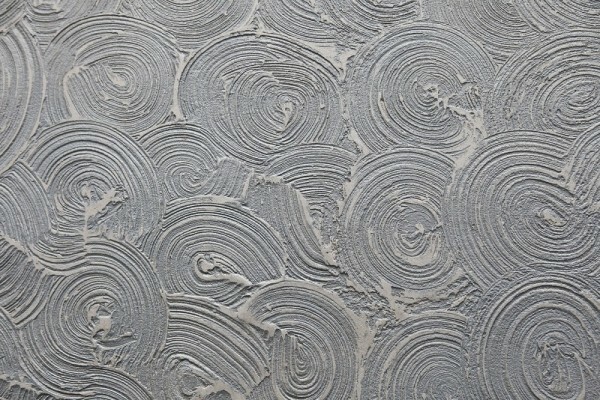
Structural facecoat
Now talk directly about the features of the texture under consideration fabric depending on the used excipients:
| Classification | Description |
| textured | Synthetic cementing components combined with excipients such as cotton or linen, small fractions of various materials artificial or natural origin, pose after solidification original and beautiful coating excellent masking any flaws walls. |
| stone | Here, the composition is very simple: binders and chippings. To apply such a solution does not require special skills, it is very easy to apply. The resulting coating also has originality and high strength characteristics. |
| latex | It is a fully synthetic version is made on the basis of silicate. He is characterized by high resistance to mechanical stress and dirt repellent. But we should also mention a significant limitation in use, which is the possibility of plastering this solution only quartz surface. |
| structural | The peculiar granular mass in combination with various small quartz, wood or stone granules implements a very plastic coating which does not crack even when appreciable shrinkage processes. |
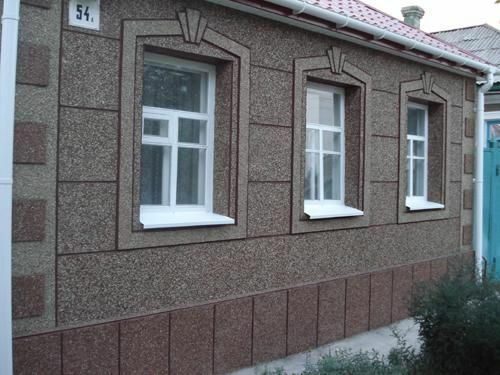
Stone plaster is very easy to operate
Should know that should not be used in the dispersion as a primer before applying latex plaster or water-based solutions, since these materials relative to each other have very poor adhesion.
That is, the finish in such a case would not hold.
General pros and cons
Regardless of the composition of the decorative facade plaster has many advantages over other options lining the walls of your home.
These include:
- A wide assortment of various textures and shadesThat gives full play to their own design talent;
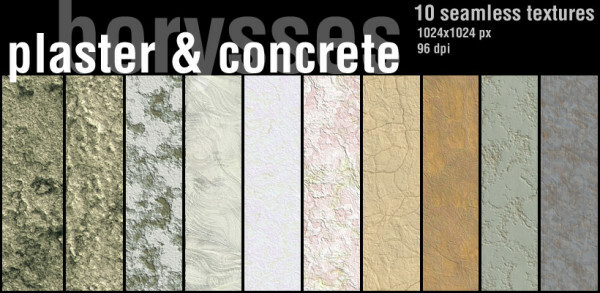
Variety of possible textures
- environmental friendliness. You can be confident in the security application of the finishing material for human health;
- Resistance to various external factorsIncluding precipitation and possible mechanical stress;
- The absence of the need for any special care;
- Ability paintThat allows you to update the appearance of the lining without its complete replacement;
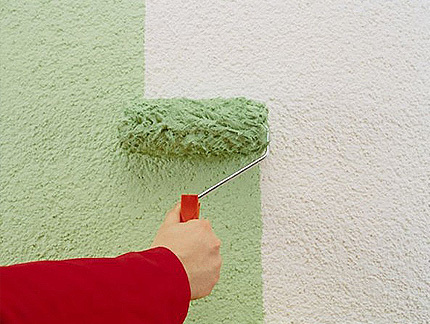
Painting plaster walls
- The presence of water vapor permeabilityAllowing the walls to "breathe";
- The versatility of operation. Plaster can be virtually any surface;
- High resistance to ultraviolet radiation;
- refractoriness.
Speaking about the shortcomings, it is worth mentioning only the tendency to cracking in mineral solutions. But they are cheap, making it easy to restore them.
Popular options for the texture
- "Bark". Outwardly, this type of coverage is similar to wood moth pest beetles. Applied should be a metal spatula or trowel at an angle of 60 degrees;
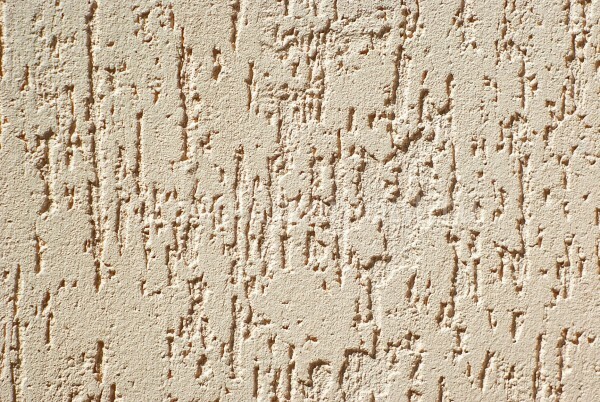
Finish "bark beetle"
Tip: Regardless of the type of plaster is recommended to put it in one go.
In the opposite case, the joints between the sections created at different times, may be very noticeable.
- "Lamb." In this case, the appearance resembles cladding curls lamb created using a roller or other suitable tool;
- "Coat". Is applied by spraying a mixture of several layers manually or using special mechanized equipment. The most easy to implement method, resulting in an uniform granular coating;
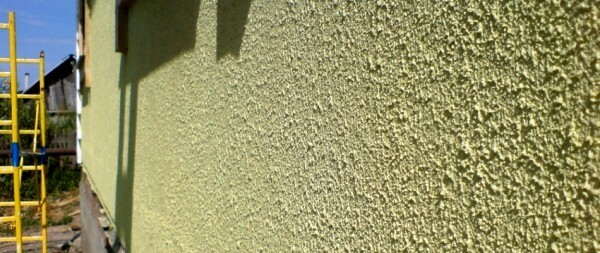
Wall covered with "coat"
- "Rain". Here, the texture is composed of grooves and grooves of different length and width that creates the illusion of heavy rain. This drawing is realized either manually or using a trowel;
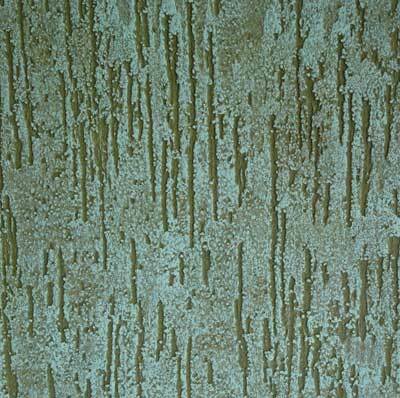
Plaster facing "rain"
- "Scratch". Before you overwrite the stucco, add it fine gravel. He is in the process of grinding and create necessary to create the desired visual effect randomly arranged scratches.
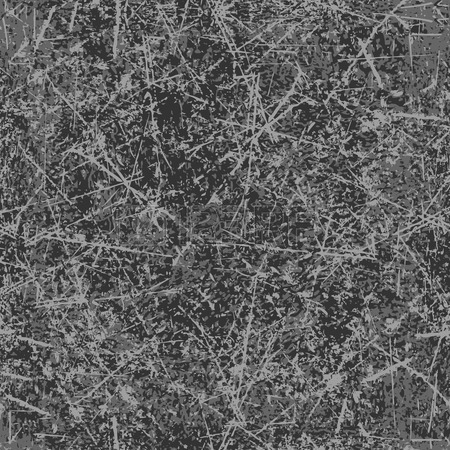
Sanding plaster containing gravel, gives scenic scratches the surface
application techniques
How and what you will be plastered wall, may also have a significant impact on its final texture.
The following options are possible:
- spraying. This method of plastering we mentioned back in consideration of such a texture as "coat". For its implementation may be suitable even ordinary broom, poppy container with solution;
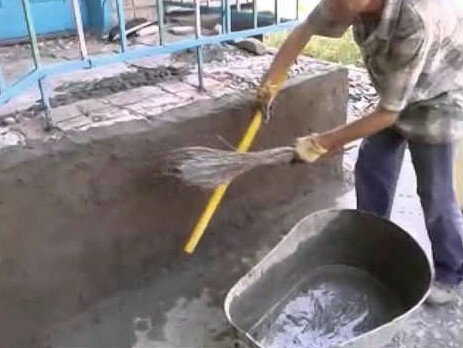
Plastering using a broom
Tip: Before using any application technique is recommended to treat the plaster wall of a suitable primer.
This greatly increase the adhesive properties of the treated surface and, therefore, improve the result of work performed.
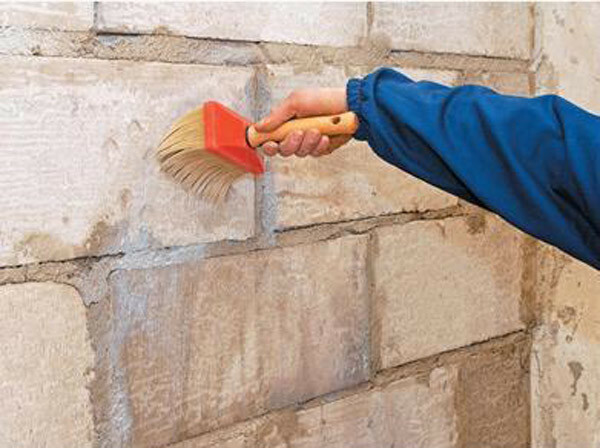
Priming the wall in front of it facing
- The use of the trowel to create a bump. On the tool we collect a small amount of the solution, then flick to put it on the wall, as a result allows you to create interesting and unusual relief;
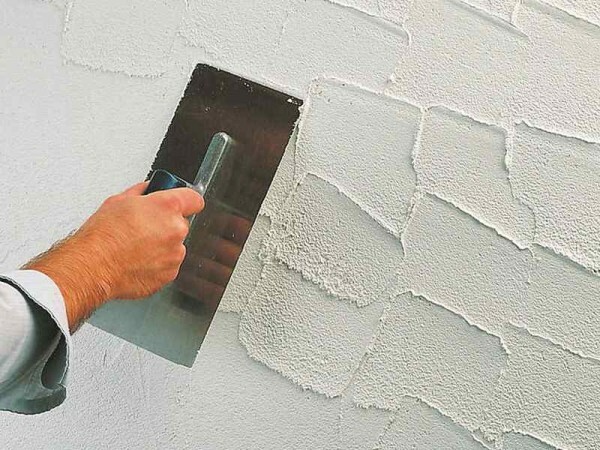
Using a trowel to create the original relief
- Hatching. Immediately after application of the plaster until it starts to solidify, pass through it a metal brush. After the addition, the coating hardens, remove excess particles of material with a spatula;
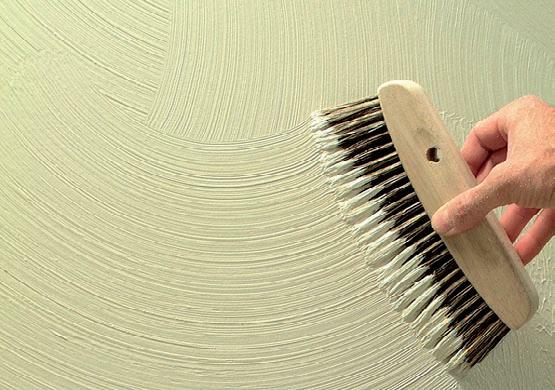
Smooth shading lines look very harmonious
- Punching using a roller. There used to cushion any special textured pattern, most often this approach is used in interior decoration. Failing this tool, you can simply wrap the usual rope, giving the effect of grass stalks;
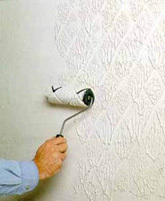
Unusual texture roller allows you to create intricate texture of plaster
- Sgraffito. Rather unusual and difficult method, which is applied several layers of different colors solution.
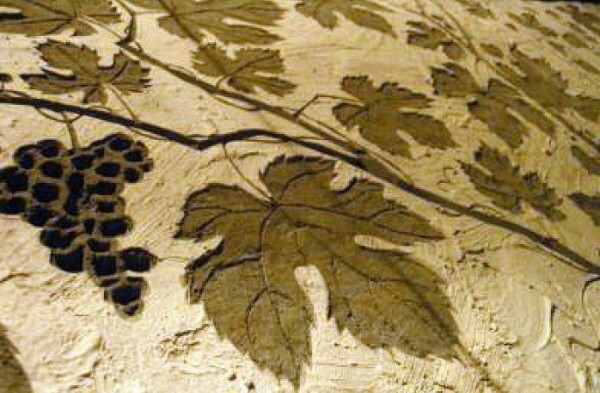
Stunningly beautiful rendition sgraffito technique
Decorative plaster for interior decoration
The inner lining is not exposed to the harmful effects of atmospheric phenomena, so its performance fit all of the above options for plastering, and even some that are separate references:
- "Silk". Composition: cellulose, cotton and artificial silk pieces, which, after solidification solution flicker and shimmer, reaching unique effect of beauty and solidity.
It is to provide several major benefits of such coverage:
- Allowed surface finish of any type;
- Good masks the possible defects of the wall;
- A very thin layer, not exceeding when properly applied to two millimeters, which ensures economy of use solution;
- High flexibility, which allows to carry out the cladding even in newly constructed buildings;
- Ease of restoration;
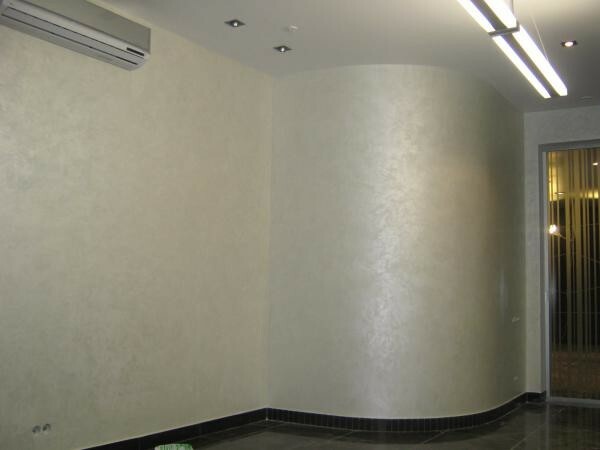
"Silk" interior
- "Leather". Then you need a special composition, which can be found in a specialty store, roller appropriate texture and varnish, which is responsible for the visual humidity subsequently coating inherent natural leather;
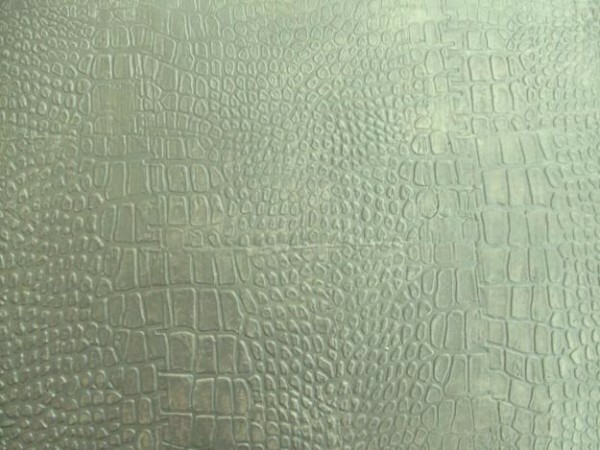
Stucco texture of crocodile skin looks amazing
- "Sand". This option involves the use of major minerals in combination with river sand. Easy to Apply this solution, the final step wherein the coating is solidified coating.
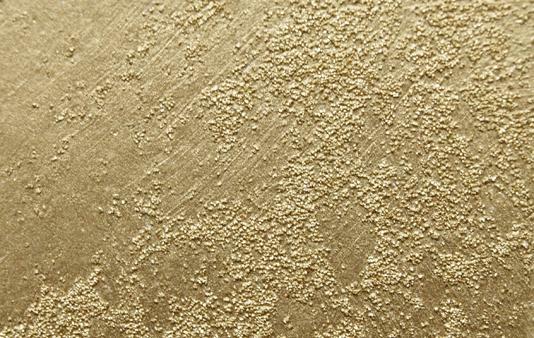
Grained sand facing
Output
As you can see, today there is a lot of variety of compositions and methods of its plaster application. All this together makes it possible to achieve the most daring and original visual effects.
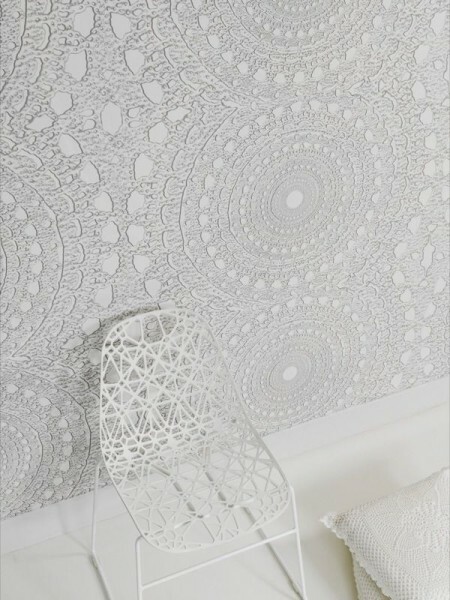
EXAMPLE room interior finish plaster via
If you, after reading this material have any additional questions, you can ask them in the comments.
Photo Gallery
